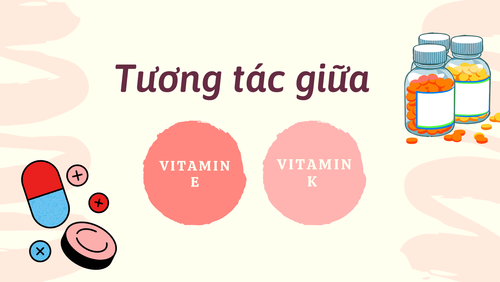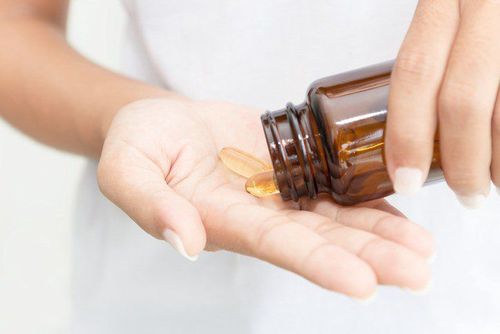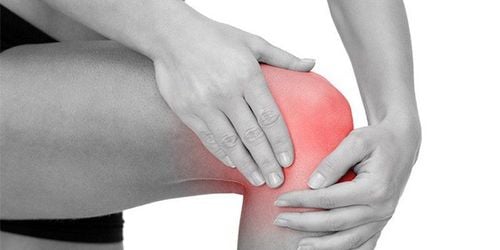This is an automatically translated article.
Vitamin E belongs to the group of popular supplements, known for many benefits in improving health. Recently, however, there have been several studies published that vitamin E can weaken bones. So, what is the effect of vitamin E on bones? This article will provide more information for readers.
1. The relationship between vitamin E and bones
Vitamin E, a fat-soluble vitamin with antioxidant properties, helps protect cells against breakdown. Thanks to the properties of vitamin E, it has been shown that antioxidants can protect the body against cancer, heart disease and other diseases,...Vitamin E occurs naturally in eight isomers: α ; β; γ and δ, isomers of tocopherols and tocotrienols. Each isomer of vitamin E consists of an aromatic chromanol ring and a side chain. Tocotrienol possesses an unsaturated farnesyl (isoprenoid) side chain while tocopherols has a saturated phytyl side chain. The unsaturated side chains of tocotrienol allow them to more effectively penetrate the lipid bilayer of the membrane.
Vitamin E has good antioxidant activity, the effects vary between different isomers. Vitamin E is a potent antioxidant that plays an important role in endogenous protection against membrane lipid peroxidation. Tocopherol is abundant in polyunsaturated vegetable oils and in the germ of cereal grains. Tocotrienol is abundant in palm oil, cereal grains and rice bran.
Vitamin E is commercially available mostly in the form of α-tocopherol, used as an antioxidant supplement. α-Tocopherol has the highest biological activity and is the most abundant form of vitamin E in human tissues and serum because it is selectively retained in the body.
Researchers found that mice given high doses of vitamin E developed 20 percent weaker bones than mice on a normal diet. The amount of vitamin E given to the rats far exceeded the amount of vitamin E humans consume in a typical diet or what is found in a typical vitamin E supplement. However, you should still be careful with how much vitamin E you consume. Dr. Bruce Bistrian, chief of clinical nutrition at Beth Israel Deaconess Medical Center and professor of medicine at Harvard Medical School, cautioned and noted: We still have to be careful when applying the results. animal studies for humans. Going from rodents to humans is a huge leap.
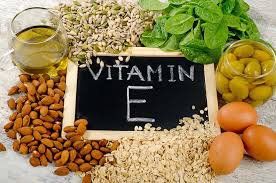
Vitamin E là một chất chống oxy hóa mạnh.
2. Recommended Daily Vitamin E Needs
Vitamin E deficiency is quite rare in today's industrialized society. Even so, Dr. Bistrian says that diseases that affect the absorption of food from the intestines, such as cystic fibrosis and celiac syndrome can lead to vitamin E deficiency.
Proper vitamin E supplementation will help you meet the recommended vitamin E requirement. Consider adding more nuts and dark green leafy vegetables to your diet. Just 28 grams of almonds contain about 7 mg of vitamin E - almost half the daily allowance - while half a cup of spinach has about 2 mg of vitamin E.
Below is a table of vitamin E requirements as recommended by the Institute. US National Health:
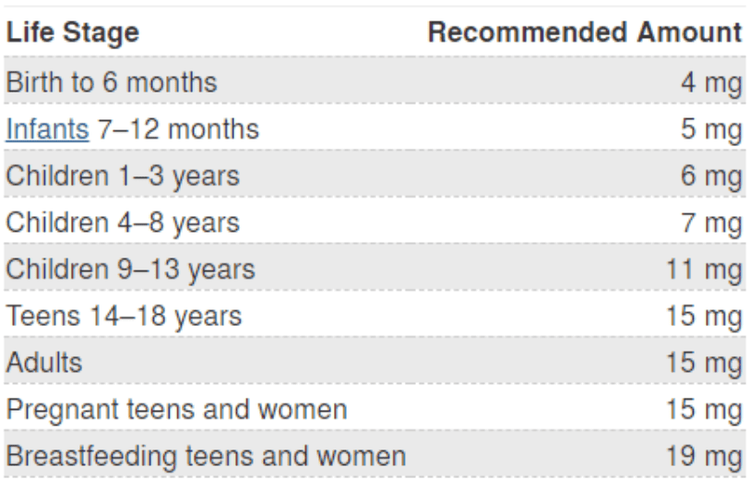
Bảng nhu cầu vitamin E khuyến nghị (theo ngày). Nguồn: Viện Sức khỏe quốc gia Hoa Kỳ.
3. Some of the Benefits of Vitamin E Related to Bones
Is vitamin E harmful to bones? Evidence that vitamin E has an anti-osteoporotic effect has only recently been actively studied. Vitamin E has been reported to play a role in increasing bone density. According to researcher NS Ahmad and colleagues in their study of rats given nicotine, vitamin E increased bone fiber, preventing bone calcium loss by neutralizing antioxidants and reducing bone loss. bone calcium loss in ovary-free rats.
Vitamin E supplements can protect bones from oxidative damage by scavenging free radicals and can maintain bone matrix resorption and stimulate round bone formation. Previous studies reported that vitamin E supplementation protected against oxidative stress-induced bone loss and damage caused by sex hormone deficiencies or oxygen-derived free radicals. Post-operatively resected mice had skeletal changes similar to those seen in postmenopausal women. Vitamin E supplementation protects against bone loss and restores bone strength in aged and ovariectomized rats - both of which are accepted in orthopedic models.
Nicotine has been reported to increase proinflammatory mediators (through oxidative stress), lead to bone loss and decrease bone mechanical strength (through osteoclast inhibition) in rats. In humans, smoking is a recognized risk factor for osteoporosis. Recent studies in mice have reported that vitamin E can suppress the proliferation of osteoclast cytokines and reverse the damage on bone model measurements. Among them, it was reported by Hermizi et al that vitamin E-treated rats were able to recover from nicotine-induced bone damage, where the tocotrienol mixture was stronger than tocopherol. The mechanisms are recognized as antioxidant and free radical scavenging effects of vitamin E
Calcium plays an integral part in bone metabolism and regeneration. A diet deficient in vitamin E leads to bone damage, possibly due to impaired calcium absorption leading to calcium deficiency and increased free radical activity. Elevated levels of bone repair cytokines, mainly interleukins 1 and 6 (IL-1 and IL-6), are known to be associated with accelerated bone resorption after menopause. IL-1 secreted by estrogen-deficient monocytes causes osteoblasts to secrete IL-6. IL-6 stimulates osteoclast proliferation and subsequently increases bone resorption. Vitamin E, especially tocotrienol, is reported to be more potent than tocopherol, able to prevent the elevation of serum IL-1 and the adverse effects of free radicals on bone fiber structure.
Thus, it can be affirmed that, Vitamin E also supports bone-building cells and limits the cells that break down bone. This antioxidant may help retain bone mass as we age, reducing the risk of fractures.
Please follow the website: Vinmec.com regularly to update many other useful information.
Please dial HOTLINE for more information or register for an appointment HERE. Download MyVinmec app to make appointments faster and to manage your bookings easily.
Reference articles: ncbi.nlm.nih.gov, nhs.uk, health.harvard.edu




